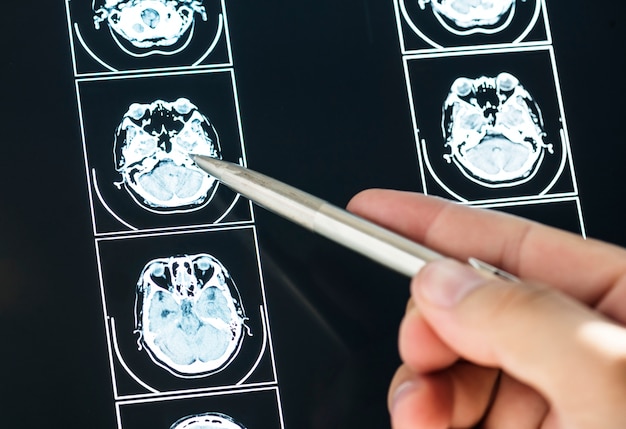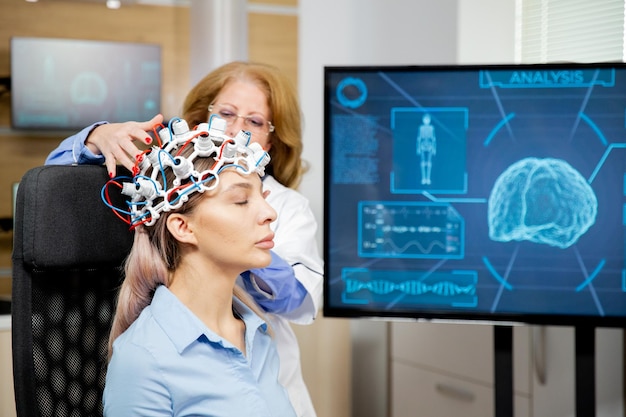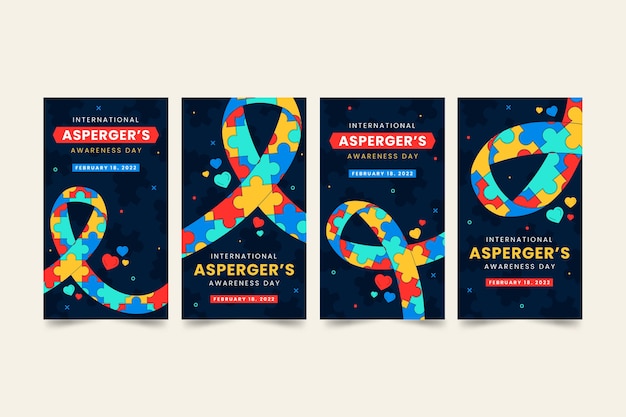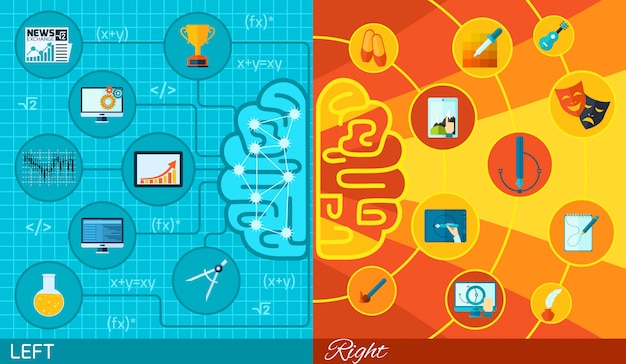Imagine recalling every detail of your life with perfect clarity—what you wore, what you ate, and even the weather on any given day, going back years. For most people, this sounds like science fiction. But for one high school student, it's a daily reality. A recent study published in a behavioral sciences journal has brought attention to this teen’s extraordinary condition: hyperthymesia, a rare neurological phenomenon that grants near-perfect autobiographical memory.

Hyperthymesia, formally known as Highly Superior Autobiographical Memory (HSAM), is an exceptionally rare condition in which individuals can recall nearly every day of their lives in vivid detail. Unlike individuals with exceptional memory in other domains—such as mathematicians or chess players—those with hyperthymesia do not necessarily have superior general intelligence. Instead, their ability is specifically tied to personal experiences.
People with HSAM can often remember the day of the week for any date stretching back decades, what they were doing on that day, and even trivial details like the clothes they wore or the conversation they had at lunch. This isn’t due to deliberate memorization techniques; it’s an automatic and involuntary process.
The newly published paper focuses on a high school student whose memory capabilities were first noticed by teachers and later confirmed through rigorous cognitive testing. Researchers conducted interviews, memory assessments, and behavioral evaluations over several months to verify the authenticity of the student’s recollections.
During testing, the student was asked to recall personal events from specific dates going back more than a decade. In nearly every instance, the details matched documented records—such as school calendars, family photos, and weather reports—confirming the accuracy of the memories. This level of consistency is what distinguishes true HSAM from mere strong memory or confabulation.

While the exact neurological mechanisms behind hyperthymesia are still being studied, brain imaging has shown that individuals with HSAM often have structural differences in regions associated with memory and self-referential thinking. These include the hippocampus, which plays a key role in forming and retrieving memories, and the temporal lobe, involved in processing sensory input and language.
One theory suggests that people with hyperthymesia may have an overactive process of memory consolidation, where everyday experiences are automatically encoded into long-term memory without conscious effort. This could be linked to heightened activity in the brain’s default mode network, which is active during introspection and autobiographical recall.
Interestingly, this enhanced memory isn’t always a gift. Some individuals report feeling overwhelmed by the constant flood of past experiences, making it difficult to let go of negative emotions or move on from past events.
Diagnosing hyperthymesia is a meticulous process. It involves more than just impressive recall—it requires verifiable accuracy. Researchers typically ask candidates to recall personal events from specific dates and then cross-reference those memories with objective records.
In the case of the high school student, researchers used school attendance logs, family calendars, and public event archives to validate the claims. The consistency across multiple sources helped confirm the presence of HSAM, making this one of the youngest documented cases in recent scientific literature.
The discovery of hyperthymesia in a teenager opens new doors for understanding how memory develops during adolescence—a critical period for brain maturation. Studying such cases can help neuroscientists explore the boundaries of human memory and potentially inform treatments for memory-related disorders like Alzheimer’s disease or amnesia.
In educational settings, this case also raises questions about how memory differences affect learning. While the student excels in recalling facts and personal timelines, they do not necessarily outperform peers in standardized tests or abstract reasoning. This suggests that memory alone does not equate to academic superiority, highlighting the importance of diverse cognitive skills in education.
Educators might also consider how students with exceptional memory perceive time, emotion, and personal growth—areas that could benefit from tailored support.
For the individual, life with hyperthymesia is a double-edged sword. On one hand, they possess a unique ability to reflect on personal growth and historical context with unmatched precision. On the other, reliving every awkward moment, mistake, or emotional setback can be mentally taxing.
Coping strategies often include mindfulness practices, journaling, and cognitive behavioral techniques to help manage the emotional weight of constant recall. Support from psychologists and educators can play a crucial role in helping individuals with HSAM lead balanced lives.
As neuroscience advances, cases like this high school student’s offer rare insights into the plasticity and potential of the human brain. Future research may explore whether aspects of HSAM can be stimulated or mimicked in others through training, technology, or neurofeedback.
While we’re far from unlocking superhuman memory for the general population, understanding the extremes of cognitive function brings us closer to appreciating the full spectrum of human ability.

Health

Health

Health

Health

Health

Health

Health

Health

Health

Health

Health

Fitness

Health

Health